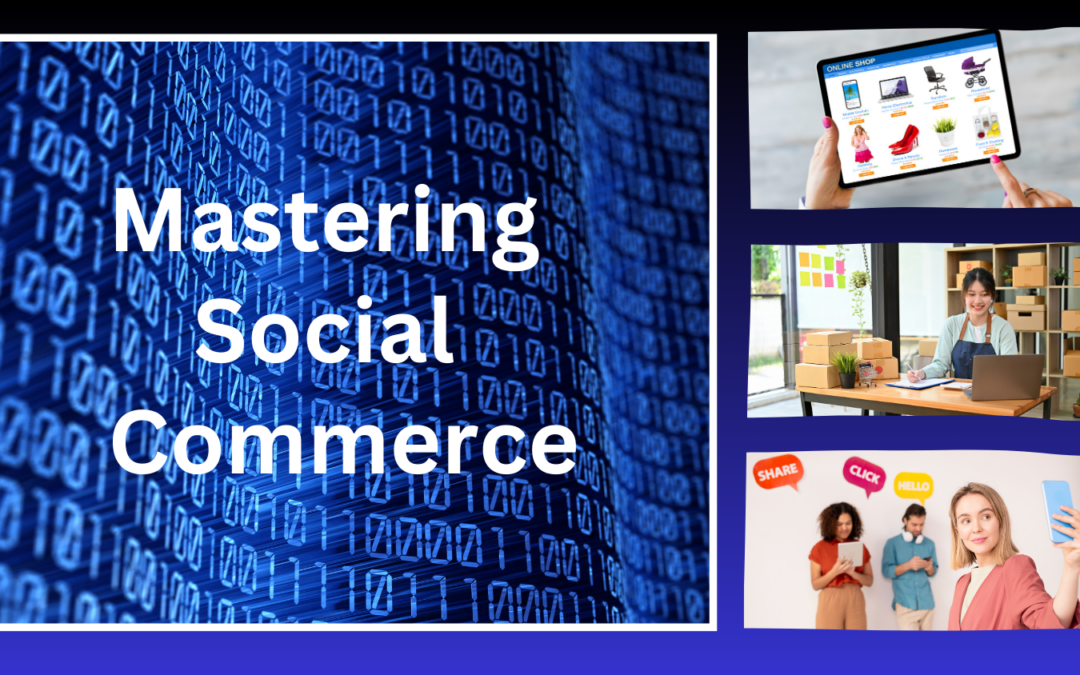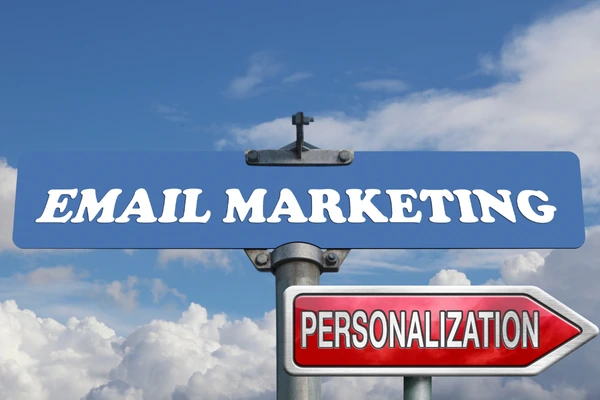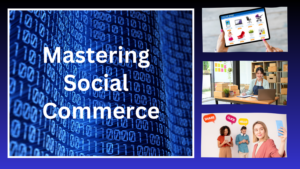
Likes, Follows, and Sales: Mastering Social Commerce
Social media has become more than just a place to connect with friends and family. It’s a bustling marketplace where discovery meets purchase. This is the rise of social commerce, and it’s changing the game for businesses of all sizes. But how do you navigate this exciting new frontier?
What is Social Commerce?
Social commerce leverages the power of social media platforms to sell products directly to consumers. Platforms like Instagram, Facebook, and TikTok are now equipped with features like shoppable posts, live streams with checkout options, and influencer marketing tools. This allows businesses to showcase products, engage with potential customers, and convert interest into sales – all within the familiar social media environment.
Why Should You Embrace Social Commerce?
Here are just a few reasons to jump on the social commerce bandwagon:
Targeted Reach: Social media platforms offer powerful targeting options, allowing you to reach your ideal customer base with laser focus.
Building Trust and Community: Social media fosters a more personal connection with your audience. You can build brand loyalty through interactive content and conversations.
Seamless Shopping Experience: With features like shoppable posts and in-app checkout, social commerce makes buying convenient and removes friction from the purchase journey.
Influencer Marketing: Partner with social media influencers to reach a wider audience and leverage their credibility to promote your products.
How to Sell on Social Media Platforms:
Optimize Your Profile: Create a visually appealing profile with a clear brand message and a link to your website or online store.
High-Quality Content is King: Post engaging content that showcases your products in action. Use high-quality photos and videos, and experiment with different formats like stories, live streams, and Reels.
Run Social Commerce Campaigns: Utilize platforms’ advertising tools to create targeted campaigns that promote specific products or collections.
Embrace User-Generated Content: Encourage customers to share photos and videos using your products with branded hashtags. This fosters a sense of community and builds trust.
Customer Service Matters: Respond promptly to comments and messages. Address questions and concerns efficiently to build positive relationships.
Social commerce is no longer a trend; it’s the future of retail. By understanding the landscape, implementing the right strategies, and leveraging the power of these platforms, you can turn your social media presence into a thriving sales channel. So, start building your social commerce strategy today and watch your business blossom!









